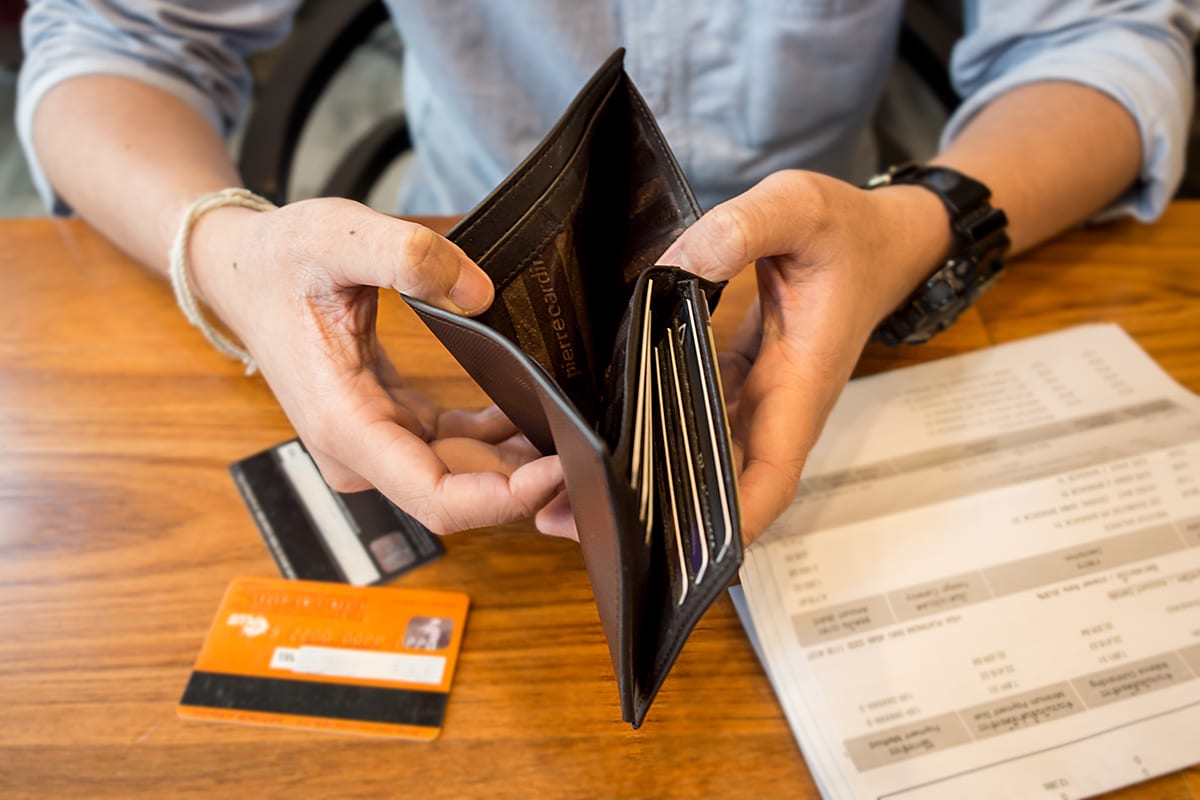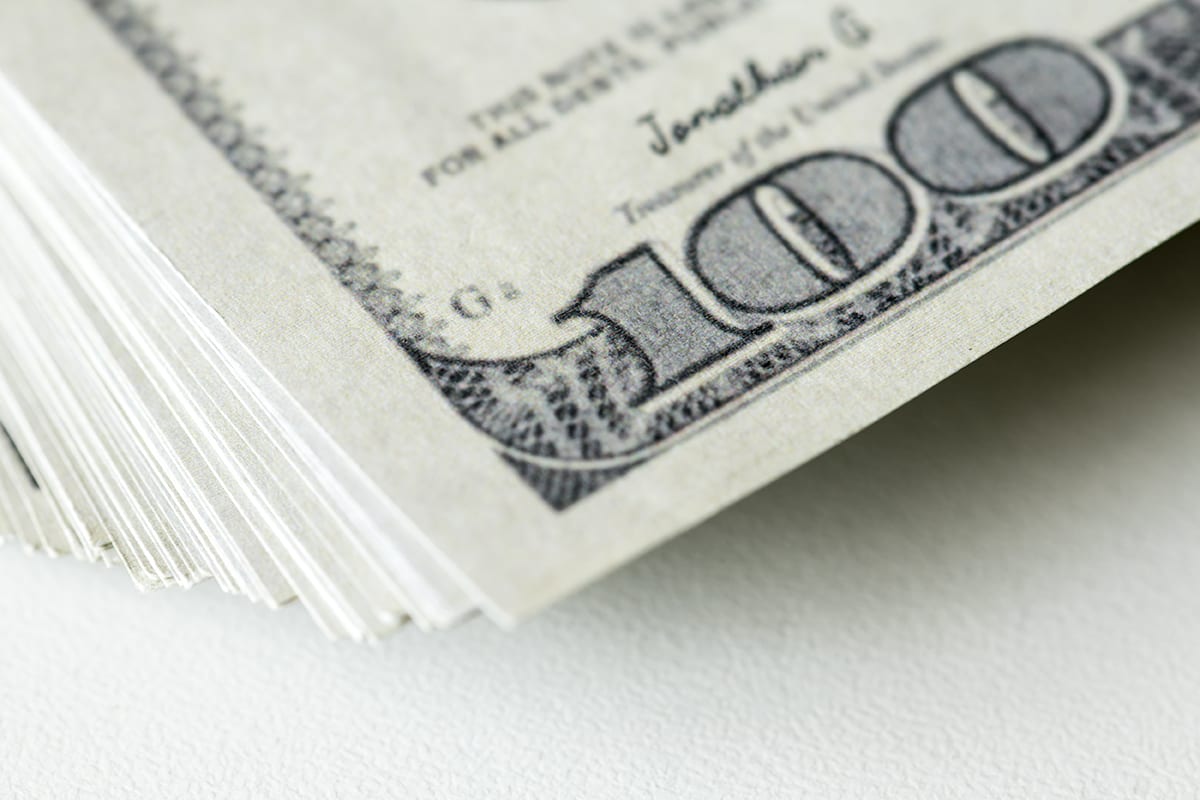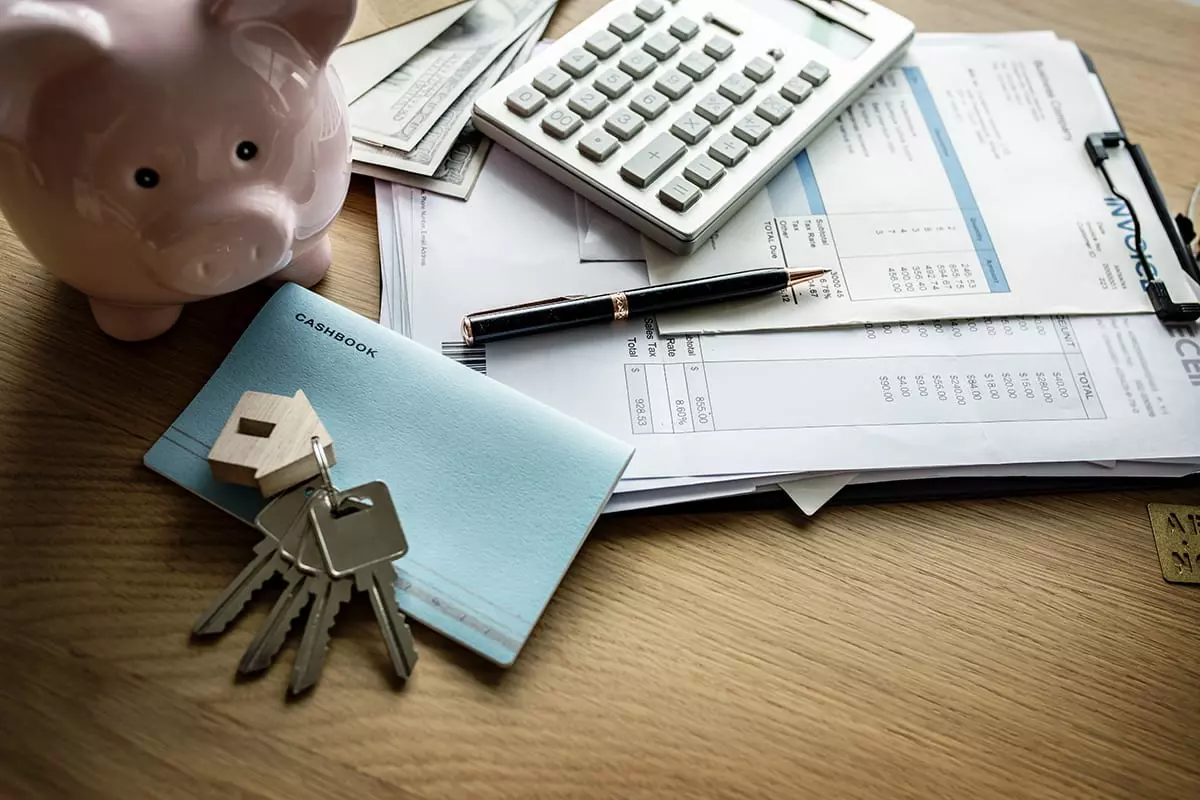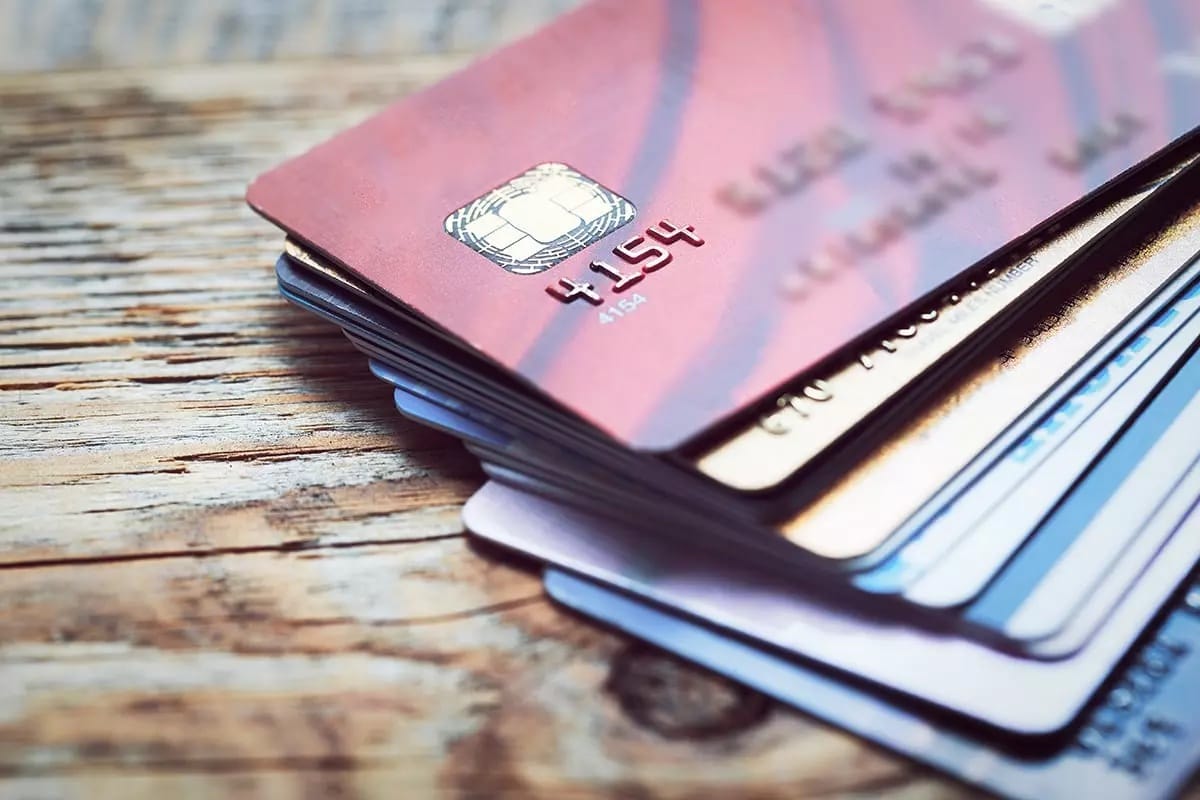Last Updated on March 28, 2025
Credit card debt is a way of life for many people. Nearly half of U.S. credit cardholders – 43.8%, according to the American Banking Association – carry a balance from month to month. This group is known as “revolvers,” as opposed to “transactors” who pay their balance in full each month and make up 30% of cardholders (those remaining are called “dormants,” since they don’t use their cards at all).
Revolvers carry an average debt of about $7,000, according to NerdWallet. That gets expensive very fast, particularly because the average credit card interest rate hit an all-time high at the end of 2018, at 17.07%, – and is expected to go higher as the Federal Reserve plans to raise rates again in 2019.

A person paying the minimum on an average balance at that average rate would pay $1,029 in interest during the first year (author’s calculations using Bankrate’s tool)! So asking yourself how to pay off your credit card debt will really pay off in the long-run.
With that said, it’s easier said than done. We’re here to help. There are different options if you are wondering how to pay off credit card debt – ones we may consider excellent, good, or risky. We’re going to break them down for you and hopefully get you moved from being a revolver to a transactor in 2019. Without further ado: here is how to pay off your credit card debt.
EXCELLENT – EXTRA INCOME
If you can’t pay your credit card in full each month, that means you have a cash-flow problem – you are spending more than you are earning, or at least that was true at some point in the past, and you are still paying for that. There are two routes to getting out of credit card debt: spending less or earning more. For many people, the real-life costs of rent or healthcare or child care make paying the bills impossible. In other words, the problem is on the income side of the equation. The only way you can fix that is to make more money.
1. Enter the gig economy
For all its foibles, the gig economy does offer people almost endless ways to augment their income – even temporarily. The classic example is Uber, where drivers can work as much or as little as they want, often turning an underused asset – a car that would otherwise be parked – into income. Uber is just the tip of the iceberg, however. The sharing economy has created all sorts of opportunities to earn extra cash – from Airbnb’ing unused bedrooms to renting out your car. Meanwhile, gig workers can find jobs delivering packages, delivering food, or picking up odd jobs from sites like Taskrabbit, which includes tasks such as building someone else’s IKEA furniture.
2. Turn a hobby into income
You might already be doing work for free that could earn you extra income. Etsy.com and other similar sites have turned craft hobbyists into small businesses. Ever sewed a hat or a handbag for a friend as a gift? Perhaps, like this woman, you could sell them online and pay down debt. What do you do that you might be undervaluing? Do you know another language (translation services)? Were you good at sports (coaching) or teaching (tutoring)? Flower arrangement or photography (weddings)? Be creative and don’t sell yourself short.
3. Take a part-time job
A more traditional part-time job is also a good option. Among the best ways to earn cash quickly: wait tables in a restaurant or sling drinks at a bar. The work is hard, but if you are in a busy place, the tips are rewarding. Plenty of other places welcomes new employees willing to work on nights and weekends, especially near holidays and vacation season.
Let’s not glamorize these jobs. They can be difficult, and they won’t make you rich. Uber, in particular, comes with risks – if you end up needing a new transmission because of all that extra driving, Uber won’t pay for it. You’ll have to think carefully about the tax implications. Still, a little extra money thrown at that credit card debt can make a huge difference. Earn $250 a month at a gig job, put that towards the average credit card debt we wrote about above, and it’ll be paid off in 6 years instead of 12 years. An extra $500 a month toward that debt, and it would be paid off in 3.5 years.
4. Get a raise
This one sounds simplistic: ask for a raise. But it’s not. In truth, companies have been stingy about handing out raises for some time. Even during 2018’s booming economy, three-fifths of American workers told Bankrate that they hadn’t received a raise. So getting a raise often requires more than simply asking for one. In fact, plenty of pros will tell you that the best way to get a raise is to look around – “Changing jobs is the new raise” is the phrase you’ll hear most often. Workers should always be aware of what the market for their labor bears. Ask friends; look on job boards; apply for positions at other firms and find out what the pay is. Then you can use that information to bargain with your boss. You’ll be surprised how much easier it is to ask for more money when your firm has a real reason to fear they’ll lose you.

GOOD – LOWER SPENDING
If you’re wondering how to pay off credit card debt you may have at one point spent more than you had. So, the other major side of the pay-down-debt equation is the spending side. It’s easy to say, “spend less,” but that’s often hard to pull off. How do you do it? Here are some helpful aids.
5. Write down everything you buy
This sounds tedious, but it is by far the most effective way to change your spending habits. That’s the best way to track the occasional slip-up which leads to the big Amazon bill, for example. Perhaps you’ve heard about this technique for dieters: write down everything you eat, and you’ll quickly learn that your problem isn’t the occasional cookie but those Friday nights when you eat an entire carton of ice cream. Keep your own financial diary, and you’ll be able to spot obvious money mistakes that are the source of trouble – like all those “cheap” happy hours which add up to $400 worth of bar bills every month.
6. Spend with only cash
A good option if you’re wondering how to pay off credit card debt, is to spend with only cash. This one is tough in the modern economy – some retailers no longer take cash and will only accept credit or debit cards. But it can be done, and you’ll find you spend a lot less when you have to pull out greenbacks at checkout rather than simply swipe a piece of plastic. Plenty of studies show that consumers spend more when they spend using “frictionless” methods. It makes sense. Somehow, pulling out your wallet or purse causes enough pain that it acts as an ever-present “Is this really worth it?” door-keeper. Swiping causes no such pain. That only comes later, when the credit card bill arrives.
7. Discount entertainment
Now that you have a much better grasp on where the money is going, can you make small adjustments that will help? Back to those happy hours. Could you replace one each week with a “happy hour at home”? Invite a couple of friends over to share a bottle of $15 wine. After a month, you’ll find you’ve saved a lot. Use this method to replace other expensive outings. Dinner parties can be cheaper than restaurants. Netflix is a lot cheaper than movies. Museums can even be FREE.
RISKY – BORROW TO PAY OFF DEBT
Let’s face it: sometimes, the bills are just too high and you can’t get ahead enough to pay down high-cost debt. There are ways to swap expensive debt for less expensive debt. Used judiciously, they can offer credit card debt holders a fresh start. But they are definitely risky. Borrowing money to solve a debt issue doesn’t solve the underlying problem of over-spending or under-earning. So these methods should be seen only as one-time stop-gap measures.
8. Home equity loan
The least-bad way to borrow your way out of credit card debt is a home equity loan or similar. Consumers who own property can use that as collateral to borrow the cash they need to pay down debt; the interest rate is often half, or less than half, of the credit card rate. This is a perfectly legitimate way to solve a temporary cash crunch. But again, you can see how this method can turn bad quickly. Do it more than once, and you might end up losing your house – or all the hard-won equity in your house.

9. Balance transfer
Credit card issuers often allow consumers to shift balances from one card to another with temporarily lower interest as a marketing tool. Offering temporary reprieve from high interest charges is a good way to acquire new customers. Banks aren’t doing this out of the goodness of their hearts, however. They figure the new customer won’t be able to pay the balance off during that introductory rate time; so later, they’ll be back to paying high interest. Don’t think you can outsmart the banks by shifting balances again and again among cards, playing musical chairs with your debt. Eventually, the music will stop, and you’ll owe much more. As with home equity loans, treat balance transfers with great care – think of them as a single get-out-of-jail-free card you should use only once.
In fact, before you jump into a balance transfer, you may want to consider closing the credit card account altogether. Remember, you CAN close a credit card account with a balance; your account will simply be closed to new charges while you work on paying back your existing balance each month. This exercise can especially be helpful for practicing avoiding credit card debt before it piles up.
10. Borrowing from relatives
Another option for how to pay off credit card debt is borrowing from relatives. This is a touchy subject, but borrowing from family is a perfectly legitimate way to pay down high-cost debt. It’s fraught with peril, of course. Fail to pay it back, and there’s going to be family trouble. The best way to do this is to treat the money as you would a bank loan. Pay real interest. Make payments on time.
How to pay off credit card debt? A question every American wants to hear the answer to. Whatever method you choose – and you can pick more than one! – get started paying off credit card debt as soon as possible. If you are like the average American credit card debt holder, you are paying nearly $100 a month to the bank for absolutely nothing, and you’ll keep doing so for years. If your debt is higher, you are paying even more. Shrinking that debt towards zero should be your top financial priority. If nothing else, think of it as giving yourself a $1,000 raise each year.
- Top 6 Debt Payoff Planner Apps to Help You Tackle Debt
- The Benefits of Having Good Credit
- How to Save At Least $100 Every Month
This article is part of the “Debt Payoff Series.” Click here to learn more.
Bob Sullivan is an award-winning American journalist, author, and one of the founding members of msnbc.com. With decades of experience covering technology, consumer rights, and personal finance, he has become a trusted voice in investigative journalism. Bob is the author of two New York Times bestsellers — Stop Getting Ripped Off and Gotcha Capitalism — which expose hidden consumer traps and financial injustice. His work empowers readers to navigate the modern economy with clarity and confidence.
- Bob Sullivanhttps://successiblelife.com/author/bob-sullivan-journalist/
- Bob Sullivanhttps://successiblelife.com/author/bob-sullivan-journalist/
- Bob Sullivanhttps://successiblelife.com/author/bob-sullivan-journalist/
- Bob Sullivanhttps://successiblelife.com/author/bob-sullivan-journalist/

